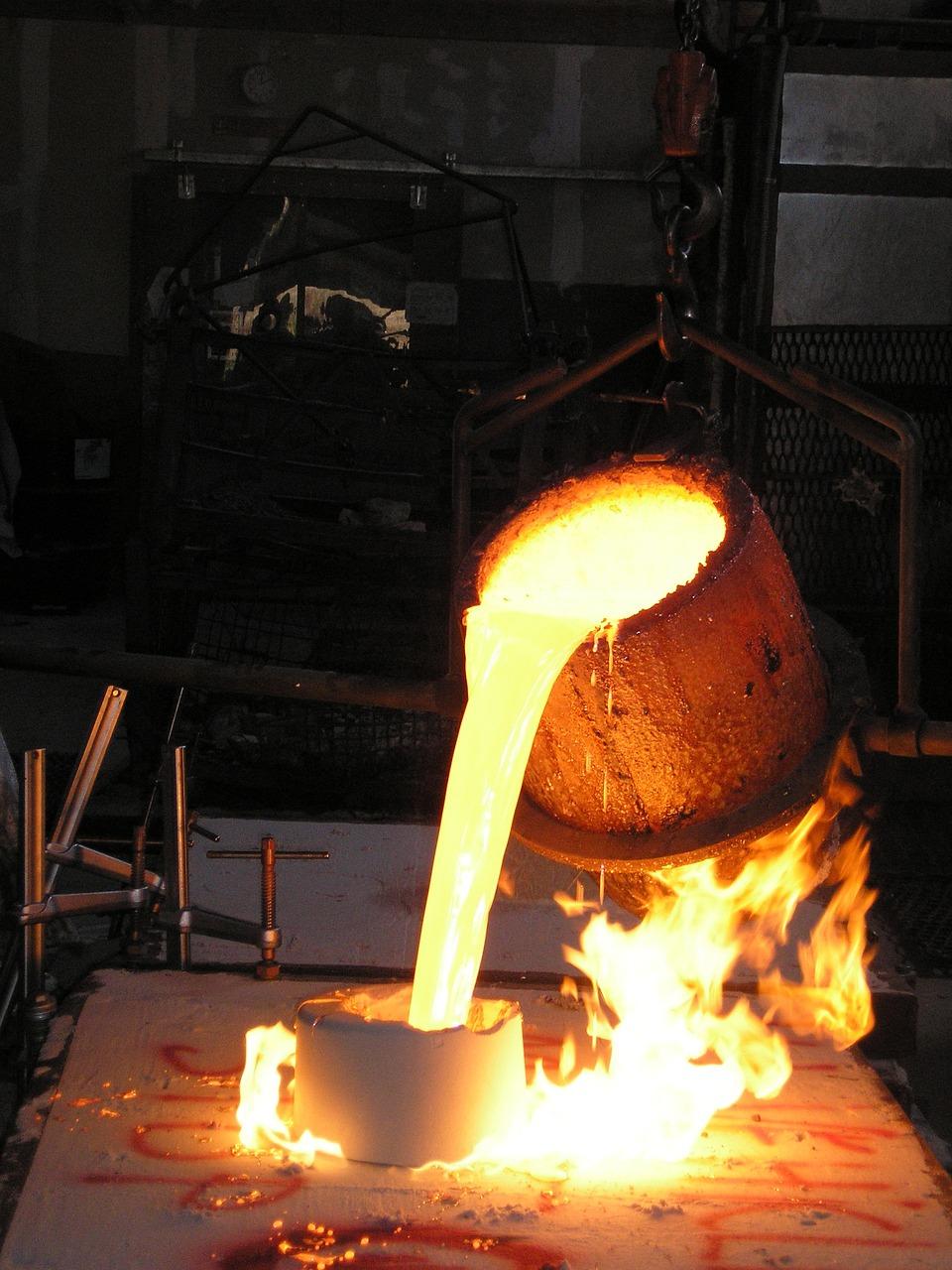Notifications

9 minutes, 46 seconds
-1.3K Views 0 Comments 0 Likes 0 Reviews

Manifold casting is part of automotive, marine, and industrial equipment manufacturing industries. It is manifold in systems related to airflow, fluidic operation, or exhaust gases. From its unassuming start from being an art of casting to the development to a discipline in engineering, these innovations in the techniques and material of casting allow manifold casting in solving problems currently in today's technology. For this blog post, the attention will be towards the process in manifold casting, advantage, applications, and the trend changing trends that influence its future.
In manifold casting, the mould is created upon which molten metal can be poured; then, by cooling them down, the shape appears in the mould. This technique is ideal for any manufacturing of shapes with a lot of internal voids, curves, or very complicated geometries.
Critical applications of manifolds are used in a vehicle exhaust manifold where the exhaust is controlled and ensured to get good fluid flow and performance at elevated pressure and temperature conditions. For this, it needs a more reliable method to produce manifold casting and ensure strength and required customised specifications that are needed in the extreme demands of industries.
Commonly used materials for manifold casting are:
According to the application, manifold casting can be done using many materials. These include among others:
1. Aluminium Alloys
aluminium is one of the most common materials used for manifold casting. It is light weight, has high thermal conductivity and excellent resistance to corrosion. In the auto industry, the aluminium manifold enjoys more preference because weight reduction plays an important role in a vehicle for fuel efficiency and performance.
2. Stainless Steel
Stainless steel possesses a tensile strength that is highly robust to corrosion and heat. This gives it a high chance of use in very demanding applications operating at extreme conditions. Stainless steel is heavier and more expensive than aluminium.
3. Ductile and Gray Iron
Both ductile and gray iron cast better with great mechanical properties, which has benefited the industrial and marine environment to where its applications are likely exposed to more drastic usage. Their tensile strength against wear and its toughness provide a hard-wearing service.
One such operation which is very well planned and carried out with great care to achieve accuracy and quality is the manifold casting process. The main stages involved are the following:
1. Design of mould
First, a design for the mould has to be created according to the specifications of the manifold. The cavity of the mould is prepared so that it carries out the shape and size of the final product and can therefore assure precision.
2. The Melting of the Metal
Choose any aluminium or ductile iron to a suitable high melting point that melts.
3. The Pouring of the Molten metal
Dropping this liquid metal gently into the mould with cautions and when filling cavities does it in such an unblemished or unprecedented matter all depending on application.
4. The Cooling and solidification
This will harden into the desired shape once it cools down for better structural integrity and durability.
5. Finishing
The manifold is pulled from the mould, along with removing extra material from the sprues and gates. Further finishing processes, grinding and polishing are done to meet desired specifications.
Manifold casting advantages include various; it is mainly taken into consideration in the manufacturing of many kinds of products due to the following reasons:
1. Accuracy and Complexity
Manifold casting can have more complex designs and geometrical complexities, particularly that cannot be obtained with other easy manufacturing methods. The accuracy achieved here is needed mostly for the applications where optimisation of performance is demanded.
2. Lightweight Solutions
Manifold casting primarily uses light-weight material such as cast aluminium. The majority forms cast aluminium because it reduces the weight in a particular part; for example, it gives autos a better mileage and overall efficiency in vehicle performance.
3. Cost Effectiveness
Manifold casting is relatively inexpensive and especially very easy when used in large quantities of mass production. This way, the manufacturers are able to produce superior-quality components at very low cost compared to other forms of fabricating techniques.
4. Resistance to Corrosion and Heat
Cast-manufactured manifolds are resistant to corrosion and can withstand high temperatures, thus best suited to use under a wide variety of operating conditions.
5. Reliability and Durability
Because of the homogenous material flow, casting provides strong parts that can withstand heavy usage and harsh environments. It results in hard usage.
Casting manifolds are used in almost all sectors. Major uses are as follows:
1. Automotive Industry
A vehicle's exhaust manifold is highly crucial for effective conduction of exhaust gases at high temperatures and pressures. Manifold casting ensures that these parts meet the industry's very stringent performance and durability standards.
2. Marine Industry
The marine manifolds are designed to cool down engines and exhaust gases. These components require high resistance to corrosion and durability to withstand extreme marine environments.
3. Industrial Equipment
In the areas of manufacturing and construction, manifolds are being applied as distributors of fluids or gases in the machinery and systems. Manifold casting assures that such parts work faultlessly; therefore, these add to the efficiency of industrial processes.
The manifold casting benefits include:
1. Smart Manufacturing
With the advent of new technologies such as IoT and AI, manifold casting has made quality control and maintenance easy. The smart system provides real-time monitoring of the casting process and maintains optimum performance and predictive maintenance.
2. Sustainable Practices
This demand for sustainability has led to using recyclable material and energy-efficient casting methods. These have minimised the manifold impact on the environment, and so, in congruence with global goals set for sustainability.
3. Customisation
The design of moulds these days is quite customised, and producers can produce manifolds to suit the special requirements of a particular industry. Manifold casting, therefore, becomes more versatile and applicable in other industries.
Manifold casting is still an integral part of the current world of manufacturing and engineering because of precision, strength, and also because of low cost. Application to automotive exhaust systems, marine, or even to equipment within industries-all these forms of usage can ensure manifolds good performances in adverse circumstances.
For all manifold requirements, high-quality ductile and gray iron casting solutions can be availed through AKP Ferrocast. AKP Ferrocast provides precision-engineered products, using a global supply network, for an excellent world.
Adopt the future of manufacturing, where manifold casting innovations lead to efficiency, reliability, and sustainability. Be it reducing costs or improving performance, manifold casting continues to transform industries around the world.
Manifold casting is still a constituent part of the engineering solution since it can stay updated with the current trends and tap advanced techniques. Have faith in its ability to face the requirements of the present-day challenges for effective operations.

